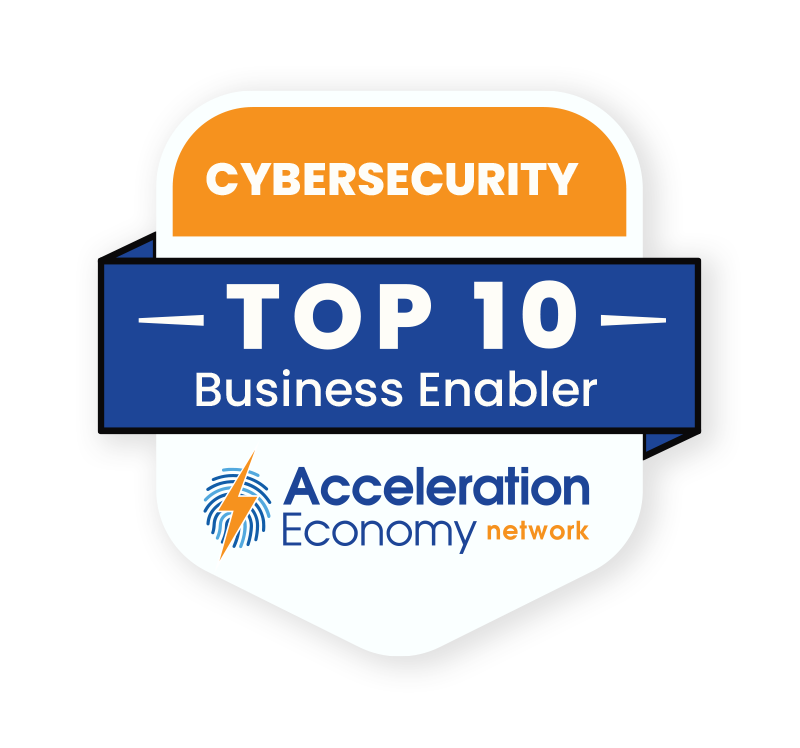As a CISO, you are always making decisions that directly affect your organization’s success. How do we secure our data? How much money do we put into our zero-trust project? Which tools or vendors will give us the most bang for our buck? Making a mistake could cost you a lot of money, hurt your reputation, or cause customers to stop trusting you.
Tactical threat intelligence plays a critical role in mitigating the considerable risks posed by cyber threats in our digital world. This analysis provides context on the value of threat intelligence, explains why you need it, and explains how to get started.
What Is Tactical Threat Intelligence?
Tactical threat intelligence is gathering, analyzing, and sharing data to find cyber threats and figure out how to deal with them. It is the art of turning raw data into intelligence that can be used to further your goals and protect your organization.
Tactical threat intelligence looks at the specific threats that are happening right now and in the near future. It tells us about specific cyber threats and threat actors and how they may affect our organization. This information is essential to helping you make intelligent decisions that will protect your business from cyberattacks.
While other types of threat intelligence, such as strategic or technical intelligence, are important for long-term planning and developing defenses, tactical threat intelligence is essential for immediate threat detection and response. Without tactical threat intelligence, organizations would be vulnerable to advanced and sophisticated attacks that can cause significant harm to their operations and reputation.
Why You Need to Build a Tactical Threat Program
Cyberattacks are becoming more common, and cyberattackers are getting smarter every day. Hackers are always changing their tactics, techniques, and procedures (TTPs) to get around security controls and get to sensitive data. A tactical intelligence program offers several benefits that will help you thwart them:
- Find Threats Early, Before They Affect Your Organization. Tactical threat intelligence can give you real-time updates on new cyber threats and help you find threats before they affect your organization. Let’s say your company works in the healthcare industry, and you discover that a particular threat actor is going after healthcare providers. You can use this information to protect your organization and its sensitive data from that specific threat by making sure that actor’s tactics are well defended in your organization.
- Better Understand the Threat Landscape. You can learn more about the threat landscape with tactical threat intelligence. For example, if you find out a certain type of malware has hit the scene for your customer relationship management (CRM) software, you can better prepare your organization to defend against this threat. You can also use this information to decide which of your security investments are most important and where to put your resources.
- Properly Rank Your Security Investments. You can rank your security investments with the help of tactical threat intelligence. By figuring out which cyber threats are the most dangerous to your organization, you can send resources to the areas that need them the most. For example, if your company handles a lot of sensitive customer data, you may want to invest in data encryption and secure data storage to reduce the risk of data breaches.

Which companies are the most important vendors in cybersecurity? Check out
the Acceleration Economy Cybersecurity
Top 10 Shortlist.
Getting Started
Tactical threat intelligence is a way to be proactive about cybersecurity. By staying ahead of the game, you can spot threats and take steps to stop them before they do a lot of damage.
What if you had access to intelligence that a new zero-day vulnerability has been found? You can fix it right away before threat actors use it to get access to your organization’s sensitive data.
Security teams may struggle to know where to start, but time and money must be spent to protect organizations from cyber threats. Here are four steps I recommend that you take to move forward:
1. Define Your Needs for Threat Intelligence
It is important to define your organization’s specific threat intelligence needs. What are the most important things you need to keep safe? What are the most significant digital threats to your business? You might manufacture the best widgets on the market, but the widget game is a cutthroat business. You have to make sure your intellectual property is protected from other, less scrupulous companies. By figuring out exactly what you need, you can concentrate on gathering and analyzing the right information.
2. Find Your Sources
Once you know what your specific needs are, the next step is to find where your threat intelligence comes from. You can start by looking at internal sources like security logs, network traffic, and other information made by the IT systems in your organization. You can also look at outside sources, such as threat intelligence feeds, industry reports, and open-source intelligence. Getting information from many different places is important to get a complete picture of the threat landscape.
3. Build Your Analysis Framework
Once you have your data, you need to build a framework for analyzing it. This framework should help you look at the data and find patterns and trends. This step is usually done by security analysts who have the technical knowledge to do it. They will probably start with a popular framework like Lockheed’s Cyber Kill Chain or Mitre’s ATT&CK and customize it to fit the specific needs of your business.
4. Communicate Your Results
Finally, you need to share your results with the people who need to know about them. This could be your executive team, board of directors, or security team. It is important to show the information in a way that is clear and easy to use but you want to make sure to avoid oversharing information which can sow the seed of FUD (fear, uncertainty, and doubt). Senior business leaders should be involved in looking over the results and making decisions based on the information given.
To hear practitioner and platform insights on how solutions such as ChatGPT will impact the future of work, customer experience, data strategy, and cybersecurity, make sure to register for your on-demand pass to Acceleration Economy’s Generative AI Digital Summit.
Conclusion
It is important to invest in a tactical threat intelligence program to protect your organization from cyber threats. In doing so, you have to work within your business with the right experts to build a program that fits your organization’s needs. By following these steps, you can start developing a tactical threat intelligence program that gives you the information you need to make good decisions and protect your organization from cyber attacks.
Want more cybersecurity insights? Visit the Cybersecurity channel:








